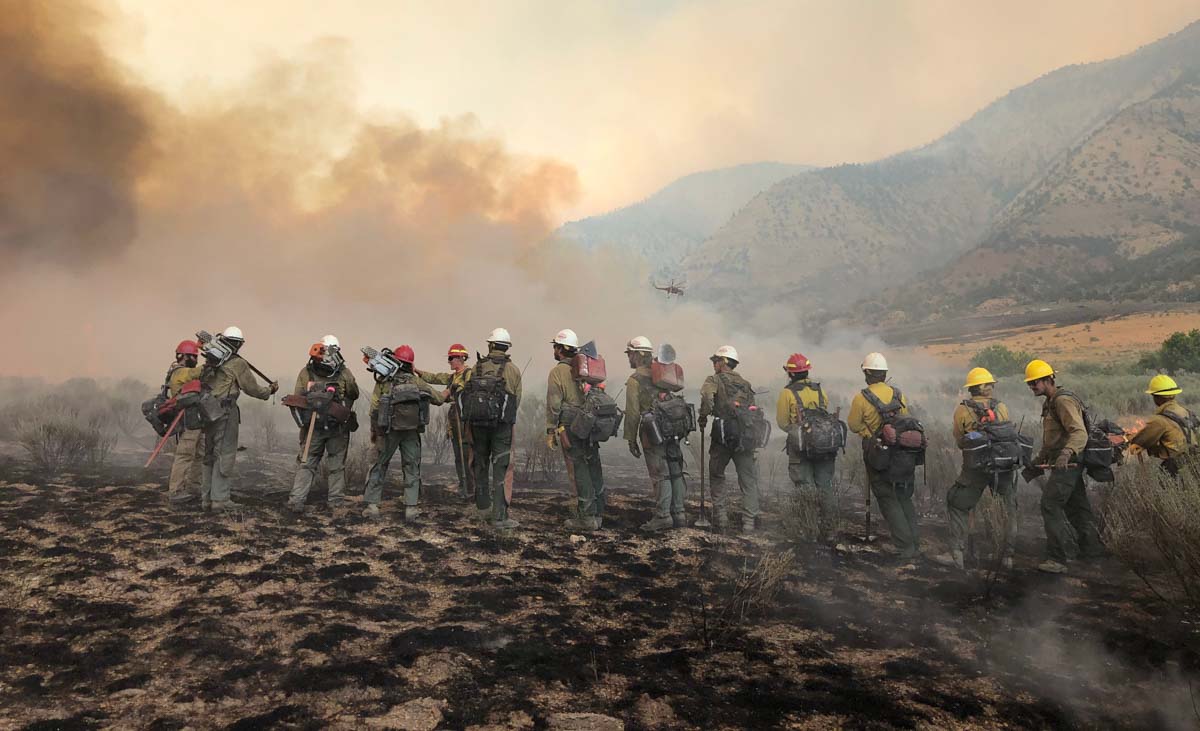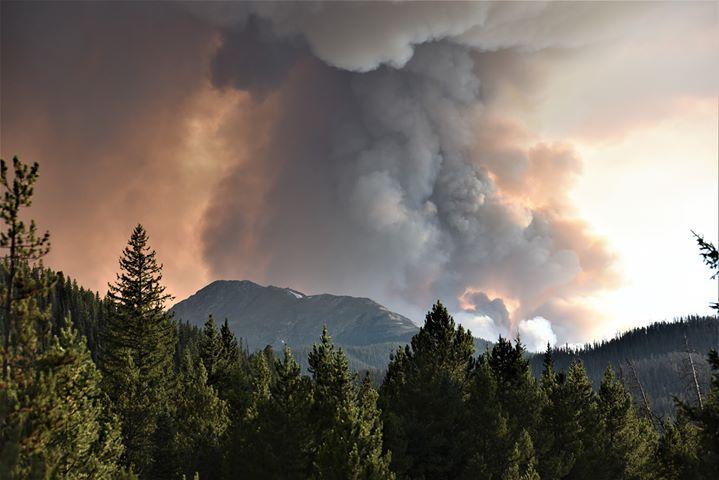
I was working on an article for Wildfire Today about the difficulties the federal land management agencies are having trying to recruit and retain firefighters while their employment packages pale in comparison to similar jobs in some state or municipal organizations. I sought out a spokesperson for the U.S. Forest Service (FS) in California, Jonathan Groveman who works out of their regional office, asking for specific numbers of firefighter positions in the state that can’t be filled.
About 20 hours after we last spoke, Mr. Groveman sent an email with a rather extraordinary official statement. There were no detailed numbers like I requested, but what was sent instead was six paragraphs that indicated that the FS, or at least Mr. Groveman, recognizes some of the issues that are beginning to seriously cripple the ability of the five federal land management agencies to protect the homeland from wildfires.
When Forest Service Chief Vicki Christiansen testified before a House Appropriations Subcommittee on April 17 she squandered two clear opportunities to accept or ask for more funding in two very important inadequately budgeted areas, fuels treatment and aerial firefighting. It was not clear if the Chief selected that strategy because her chain of command in the Department of Agriculture and the White House demanded that she remain agnostic about adequate funding for those areas, or if she took it upon herself to remain meek, adopting a don’t-make-any-waves posture. If it was the latter, the Chief needs to find another job.
At that point it looked hopeless to expect the Forest Service to be proactive about requesting Congress to provide badly needed funding for protecting our homeland from fires.
It appears that Chief Christiansen will get an opportunity for a do-over on May 26 before the same subcommittee in a hearing titled, “Rethinking Resiliency: Budgeting for the Future of Forest Management.”
In order to solve a problem, first it must be identified — which is tough to do with one’s head buried in the sand.
Mr. Groveman’s statement identified some of the issues that are seriously degrading the effectiveness of federal wildland firefighting. Assuming it represents the stance of the agencies and the White House, the next step is for Senators and Congressmen to work with the agencies to make sure they have the tools needed to do their jobs. Here are some of the highlights — quotes from the document. Following those, is the complete statement.
- “Federal wages for firefighters have not kept pace with wages offered by state, local and private entities in some areas of the United States. We have seen key highly trained personnel leave the Forest Service and we have also experienced some inability to recruit new employees into the agency, which we understand is due to wage disparities with the states.
- “We are committed to ensuring that Federal firefighters are properly compensated and recognized for the work they do
- “This is not about minimum wage but about a competitive wage.
- “In order for us to remain competitive we need to create a structure for establishing a wage that creates greater parity. This would enable us to maintain the necessary firefighting workforce necessary to meet wildland fire response expectations.”
The full statement is below:
Maintaining our ability to hire and retain firefighters as we see the complexity of the firefighting environment grow exponentially, has been further complicated by our inability to offer competitive wages. Federal wages for firefighters have not kept pace with wages offered by state, local and private entities in some areas of the United States. We have seen key highly trained personnel leave the Forest Service and we have also experienced some inability to recruit new employees into the agency, which we understand is due to wage disparities with the states.
We are committed to ensuring that Federal firefighters are properly compensated and recognized for the work they do and the administration is focused on equity in all forms. These problems are not unique to the Forest Service and also apply to firefighters within the Department of the Interior.
This is not about minimum wage but about a competitive wage. Particularly in states like California we are seeing that federal wages for firefighters is about half of what they would get for similar jobs in state and private entities. In order for us to remain competitive we need to create a structure for establishing a wage that creates greater parity. This would enable us to maintain the necessary firefighting workforce necessary to meet wildland fire response expectations.
We are working with OPM and OMB to evaluate options to modernize the firefighting workforce compensation structure, including job series, pay grade levels, and other changes.
In light of these challenges the Forest Service still maintains a robust and highly capable wildland fire workforce and will be able to meet the demands of what is expected to be another challenging fire year. We work with our federal, state, tribal, local and private partners to be sure we can access all available resources to respond to wildfires as needed.
The Forest Service is focused on creating a more modern firefighting workforce where we have specialized year round capability to respond to the wildfires conditions of not only today but into the future. This includes greater utilization of technology to enhance firefighter capability, effectiveness and safety.













